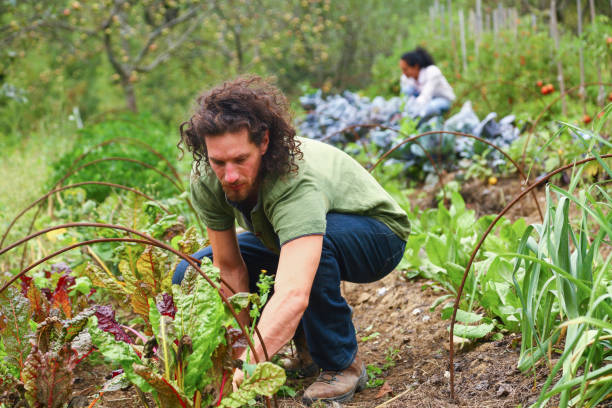Foraging for Urban Flavors: City-Grown Gastronomy
Discover the hidden culinary treasures growing in your concrete jungle. Urban foraging is revolutionizing the way city dwellers connect with nature and source fresh ingredients. From sidewalk herbs to rooftop honey, learn how to safely and sustainably harvest edible plants in urban environments, transforming your local landscape into a bountiful pantry.

Edible Urban Landscapes
Cities may seem like concrete jungles, but they’re teeming with edible plant life for those who know where to look. Common urban edibles include dandelions, whose leaves and flowers are packed with nutrients; wild garlic, often found in parks and wooded areas; and mulberries, which frequently line city streets. Even in the most urbanized areas, you can find edible plants growing in unexpected places. Abandoned lots often harbor blackberry bushes, while cracks in the sidewalk might reveal purslane, a lemony succulent packed with omega-3 fatty acids. Learning to identify these plants not only provides free, fresh ingredients but also helps develop a deeper appreciation for the resilience of nature in urban environments.
Safety and Sustainability in Urban Foraging
While urban foraging can be an exciting and rewarding pursuit, it’s crucial to approach it with caution and respect for the environment. First and foremost, accurate plant identification is essential to avoid consuming potentially harmful look-alikes. Novice foragers should start with easily identifiable plants and consult experienced guides or local foraging groups. It’s also important to be aware of local regulations and avoid foraging in areas that may have been treated with pesticides or exposed to pollution. Sustainability is another key consideration; foragers should follow the “one-third rule,” taking no more than a third of any plant to ensure its continued growth. By practicing responsible foraging, urban gatherers can help preserve and even enhance local ecosystems.
From Forage to Table: Urban Wild Cuisine
Once you’ve gathered your urban bounty, the culinary possibilities are endless. Many chefs are incorporating foraged ingredients into their menus, creating dishes that reflect the unique terroir of their cities. Wild garlic pesto, dandelion salads, and mulberry compotes are just a few examples of how foraged ingredients can elevate everyday dishes. Home cooks can experiment with urban-foraged herbs in teas and infusions, or use edible flowers to add a pop of color and flavor to salads and desserts. Beyond their culinary applications, many foraged plants also have medicinal properties, allowing urban foragers to create their own tinctures and remedies from city-grown herbs.
Community and Education in Urban Foraging
Urban foraging is more than just an individual pursuit; it’s a community-building activity that fosters connection and education. Many cities now offer foraging workshops and guided walks, where experts share their knowledge of local edible plants and sustainable harvesting practices. These events not only teach valuable skills but also help create networks of like-minded individuals passionate about urban ecology and sustainable food systems. Some communities have even established “food forests” in public spaces, planting edible species for community use and education. By engaging in urban foraging, city dwellers can become more active stewards of their local environments and advocates for green spaces in urban planning.
Useful Tips for Urban Foraging
-
Always carry a reliable plant identification guide or app
-
Avoid foraging near busy roads or industrial areas due to pollution
-
Wash all foraged plants thoroughly before consumption
-
Start with easily identifiable plants like dandelions or mint
-
Respect private property and obtain permission when necessary
-
Learn about local regulations regarding foraging in public spaces
-
Join a local foraging group to learn from experienced gatherers
-
Consider the impact of your foraging on local wildlife and ecosystems
Urban foraging represents a fascinating intersection of culinary exploration, environmental awareness, and community engagement. By rediscovering the edible plants growing in our cities, we can forge a deeper connection with our urban environments and reimagine our relationship with food. As this movement continues to grow, it has the potential to transform cityscapes into productive foodscapes, nurturing both body and soul in the heart of our concrete jungles.





